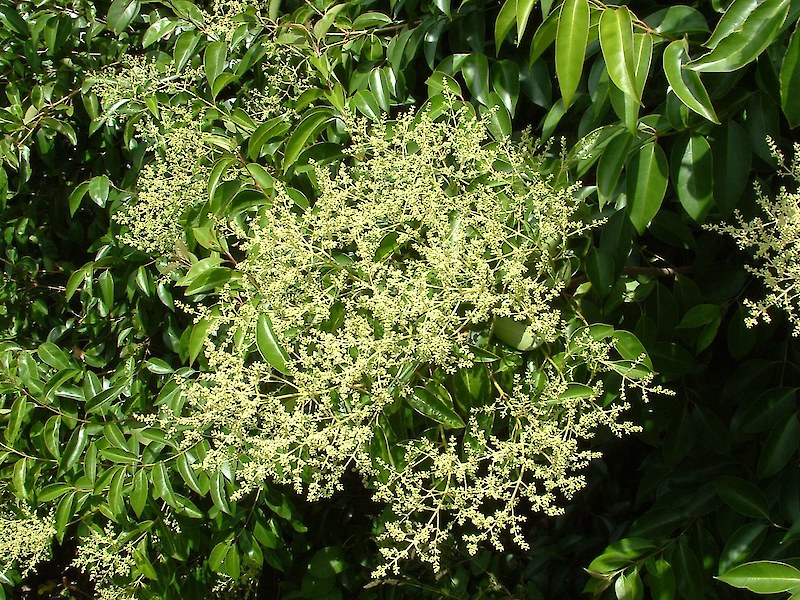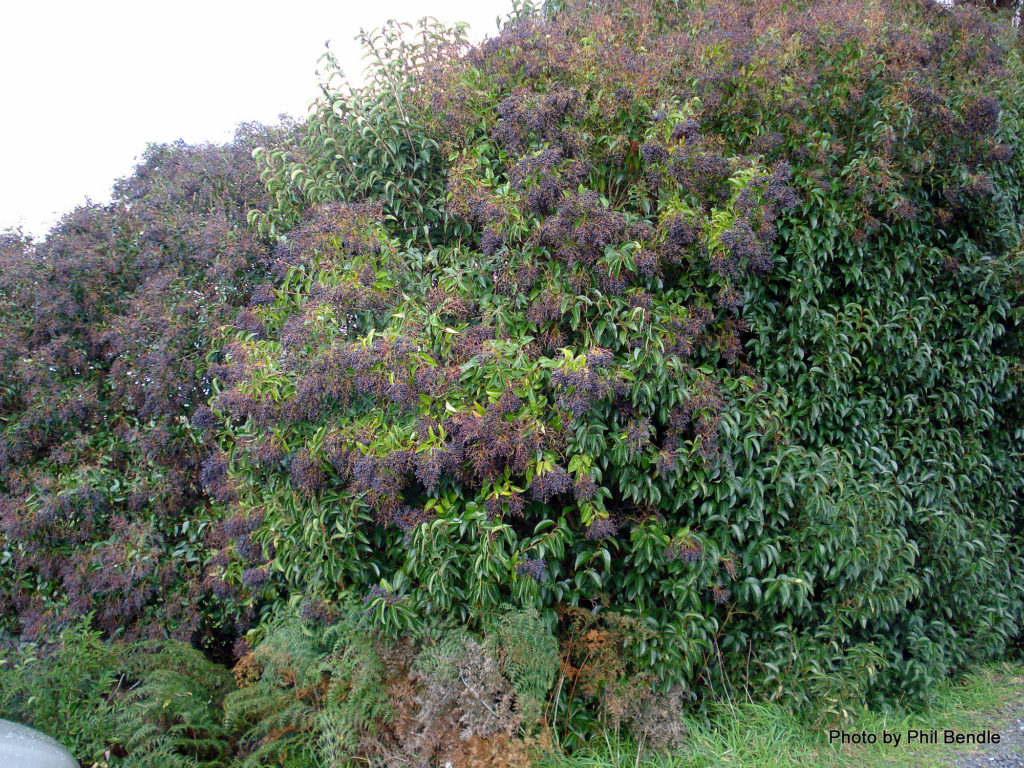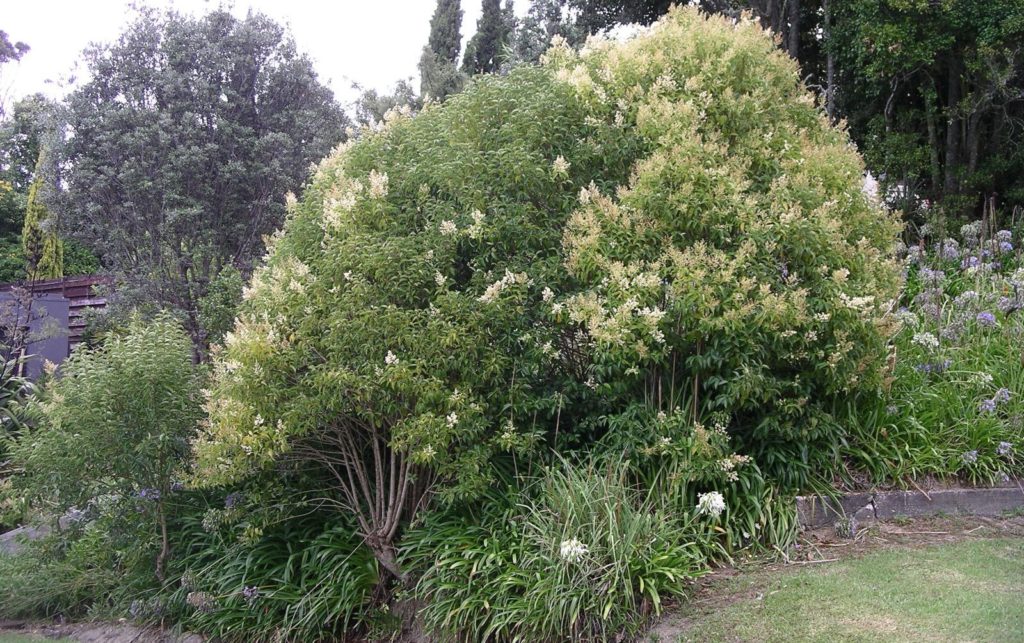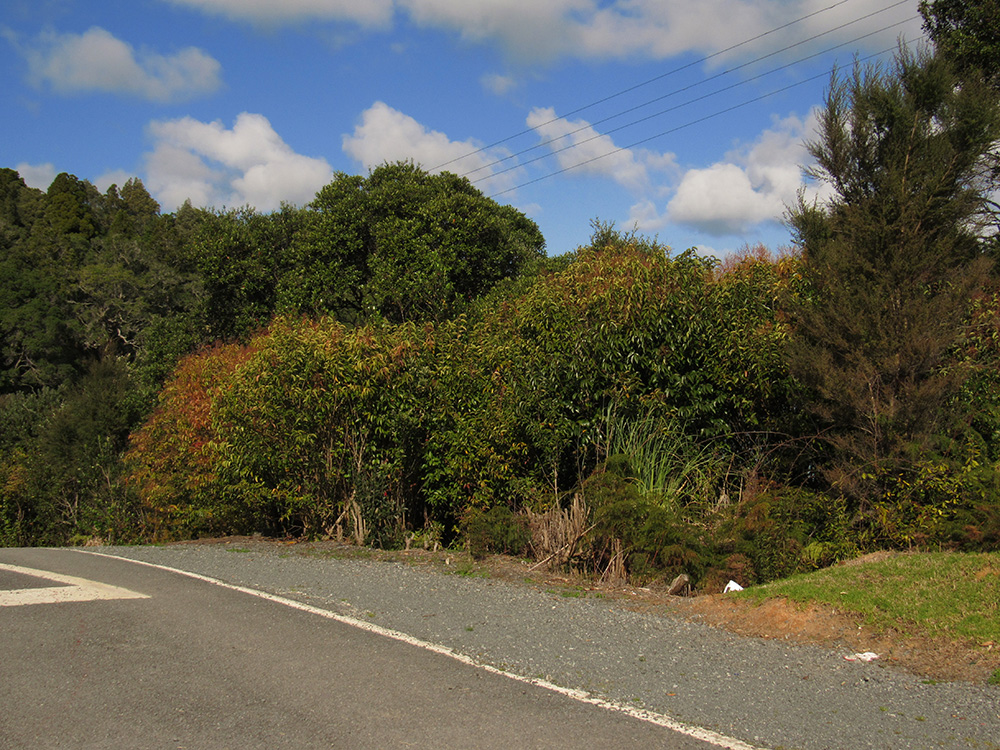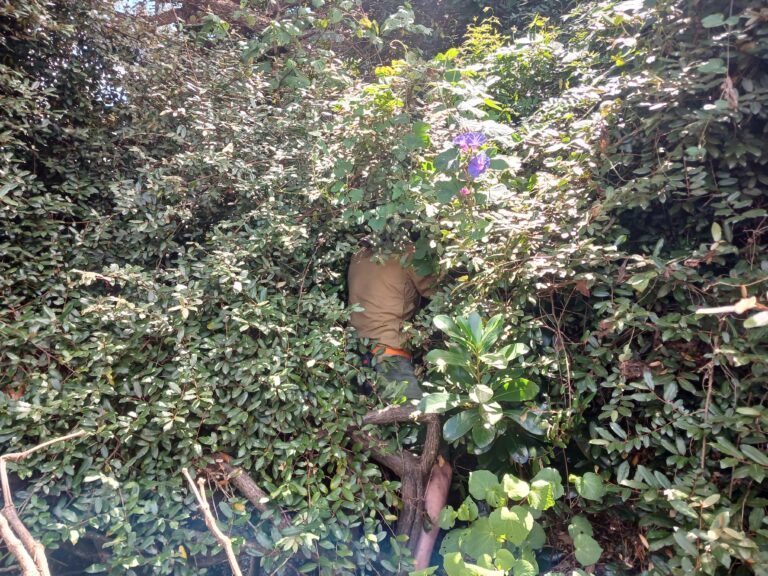Introducing the Parua Bay Privet Buffer
It’s with much excitement, Weed Action can now share with residents our not-so-small project that has been in the pipeline for over a year. During the next few months (September – October) we will be in the process of connecting a network of landowners south of Whangarei Heads Road from Wharf to Ritchie Road to act as the Parua Bay Privet Buffer.
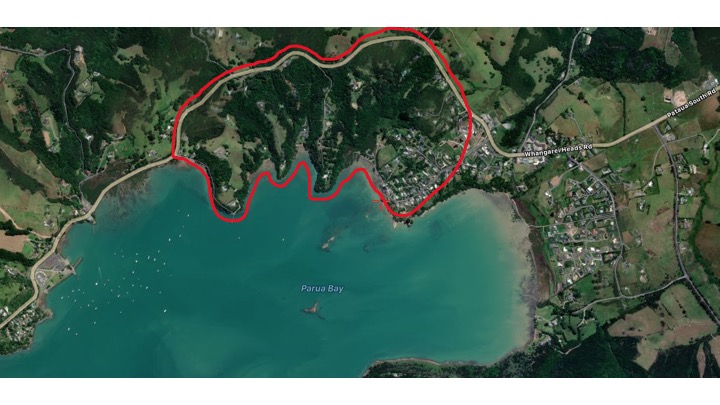
This initiative is in partnership with the Northland Regional Council from their Community Pest Control Area (CPCA) funds. These CPCA’s have traditionally been utilised for animal pests, but it is becoming increasingly obvious that there is an urgency to control serious environmental weeds before they become a huge undertaking.
Willing landowners within the buffer zone, will enter a 50/50 agreement over five years. Costs will be covered for the first phase of knock-down control work and in return the resident must match this with either the equivalent value (dollars) or labour input (effort) when carrying out follow up treatment of seedlings. The agreement will have a range of flexibility and can be tailored to suit the capabilities and limitations of residents.
Why Tree Privet?
Tree privet earns itself a place in our ‘Dirtiest Dozen’ list which was compiled to bring attention to twelve of the worst environmental weeds at Whangarei Heads. This is because it is fast-growing and very long lived (100+ years), with prolific, widely dispersed seed. Seedlings are tolerant of both sun and shade which means that it can invade both marginal land and intact forest. It replaces mid canopy trees (grows to the same height as species such as taraire, towai, pohutukawa) and completely dominates areas of forest if unhindered, forming very dense, tall stands. It has a wide environmental tolerance; being very tolerant of shade, frost, damage, grazing, all well-drained soil types, high to moderate temperatures, damp or drought conditions, salt and wind.
Not only is it a major threat to biodiversity, the leaves and fruit are poisonous, while pollen and perfume contributes significantly to those who suffer from allergies and asthma.
Barriers to Action
Weed Action are always looking for what the barriers are for our community, and what it takes to overcome them to take action. The Privet Buffer is a first of its nature for Whangarei Heads and is aimed at overcoming multiple barriers for the landowner:
- Financially supports those already carrying out control work
- Provides a catalyst for those daunted by the costs and/or effort associated with control work
- Motivation for all involved knowing your neighbour is onboard too
- Extra support from Weed Action in terms of visits, workshops, management plans and increased advocacy to the wider community.
- Leading the way for more projects of this scale elsewhere throughout the Head’s.
Tree Privet Distribution
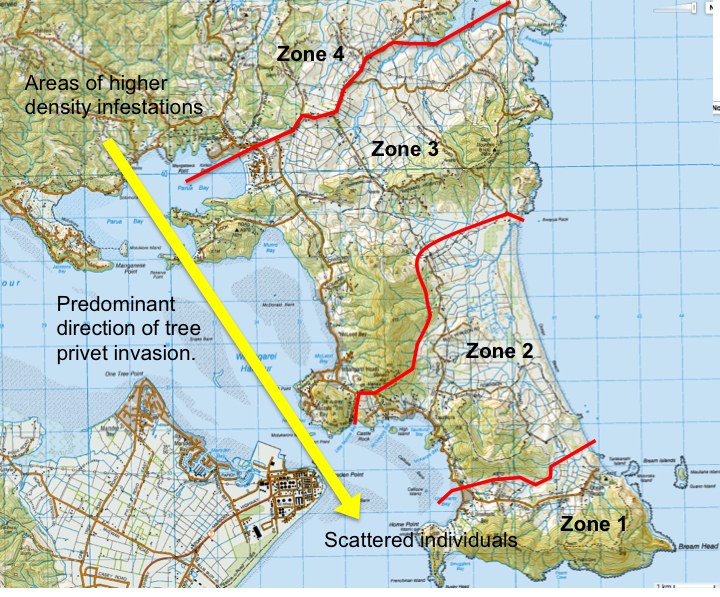
The predominant direction of spread travels north to south with the core of the infestation at Solomon’s point, Parua Bay and further north. South and east of this the infestations begin to reduce in frequency and density, to a point where there are only scattered individual trees and saplings, which occur less and less frequently.
It’s not too late to stop the spread! Tree privet is NOT widespread throughout the Head’s and because we live on a peninsular, we have a natural advantage that we can use in our favor. It’s possible to stop it reaching areas of natural significance if we are motivated (and now resourced) to do so.
SUPPORT THE PARUA BAY PRIVET BUFFER!
For more information please email us at info@weedaction.org.nz or call our Project Coordinator Kelly Maxwell 021 0233 2005

